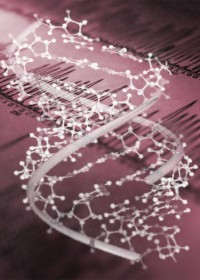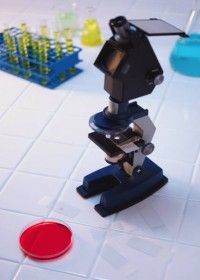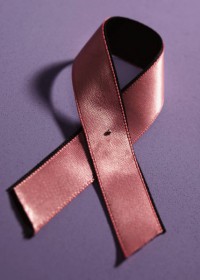
Scientists mapping cancer genomes have found surprising similarities between cancer tumors that originate in different organs. Their findings could one day lead to genetically engineered cancer treatments capable of targeting specific cancer genes. Advanced targeted cell therapy now allows cancer treatment specialists to target specific types of tissue at the cellular level; but this research breakthrough could lead to treatments that can turn on or off specific genes that initiate cancer and govern the growth of cancer cells. The discovery was made by biomolecular engineers working on the National Institutes of Health sponsored Cancer Genome Atlas which seeks to catalog the DNA of the thousands of tumor types included in the many varieties of cancer.
Shifting the focus of cancer research and treatment from the cellular to the genetic level could also lead to new treatments for cancers that have so far failed to respond to treatment, study co-author Josh Stuart of the University of California-Santa Cruz told the Los Angeles Times. Typically, the cancer drugs currently used in traditional medicine are designed to treat cancers of a specific organ or tissue type, such as breast cancer or lung cancer. Based on this new research, scientists hope to develop cross-cancer treatments that can cross organ and tissue boundaries to attack tumors with genetic similarities no matter where in the body they are located. In the future, cancer may be identified and treated by tumor type rather than body location.
The Cancer Genome Atlas project is expanding our knowledge of how cancerous tumors form and grow; but perhaps more importantly, it is allowing scientist to see connections between different types of cancer that could eventually lead to a cure for cancer.





